Garlic is not an herb—it's a bulb vegetable in the Allium family. While commonly used like herbs in cooking for flavoring, botanically garlic (Allium sativum) is classified as a vegetable because it grows from underground bulbs, not leafy green parts. Herbs derive from plant leaves (e.g., basil, parsley), while garlic's edible portion comes from modified stems. This definitive clarification addresses the top search query instantly, followed by detailed evidence.
Table of Contents
- What Defines an Herb Botanically?
- Garlic's Botanical Classification Explained
- Garlic vs. Herbs: Key Differences
- Why Correct Classification Matters in Cooking
- 5 Professional Garlic Usage Tips
- Science Behind Garlic's Flavor Chemistry
- Fresh vs. Powdered Garlic: When to Use Which
- Debunked: Common Garlic Myths
- Final Verdict: Herb or Vegetable?
- Frequently Asked Questions
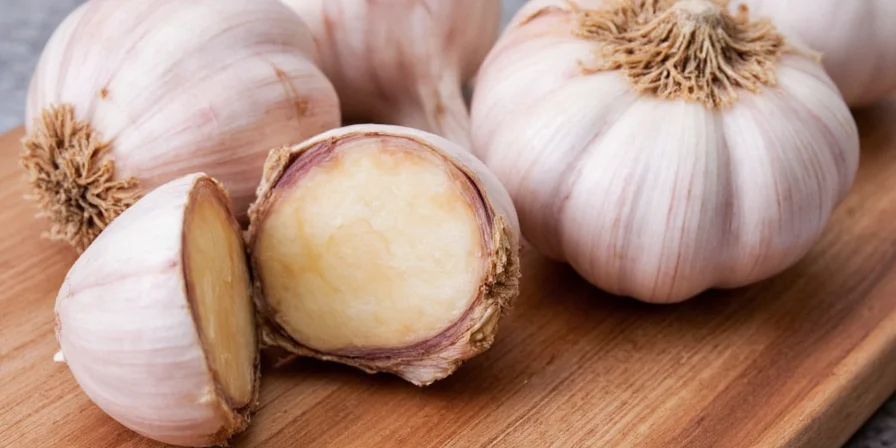
What Defines an Herb Botanically?
Botanical science provides clear criteria separating herbs from other plant categories:
- Herbs are non-woody plants where the leafy green parts are used for flavor, medicine, or fragrance.
- True herbs include basil, cilantro, and thyme—all harvested from above-ground foliage.
- Culinary herbs never originate from roots, bulbs, or underground stems.
This definition immediately disqualifies garlic, which grows as an underground bulb—placing it in the vegetable category despite its herb-like culinary applications.
| Culinary Category | Botanical Reality | Examples |
|---|---|---|
| Herbs | Leafy green plant parts | Basil, parsley, mint |
| Spices | Seeds, bark, roots, or fruits | Cinnamon (bark), cumin (seeds) |
| Vegetables | Edible plant parts including bulbs | Garlic, onions, leeks |
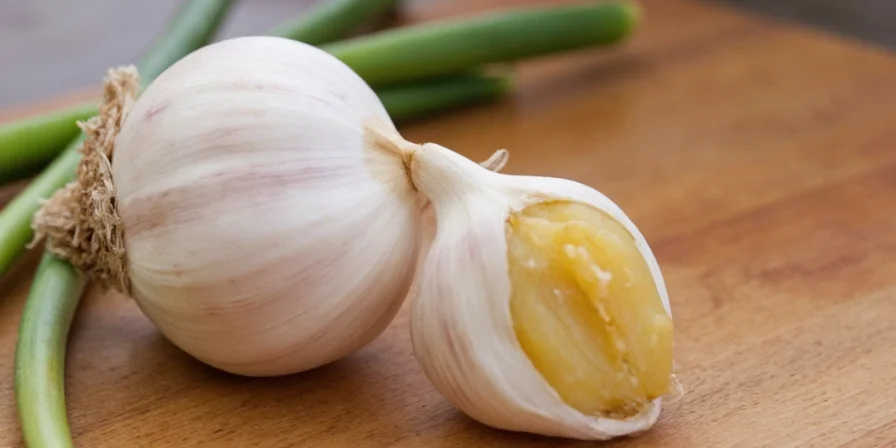
Garlic's Botanical Classification Explained
Garlic (Allium sativum) belongs to the Amaryllidaceae family, sharing lineage with onions and leeks. Critical botanical facts:
- Edible portions are cloves—modified underground storage stems (bulbs), not leaves.
- Bulbs develop from stem tissue, classifying garlic as a vegetable per botanical standards.
- Unlike herbs, garlic requires soil excavation for harvest.
While garlic functions as a seasoning like herbs, its growth structure fundamentally differs—answering "is garlic an herb" with scientific precision.
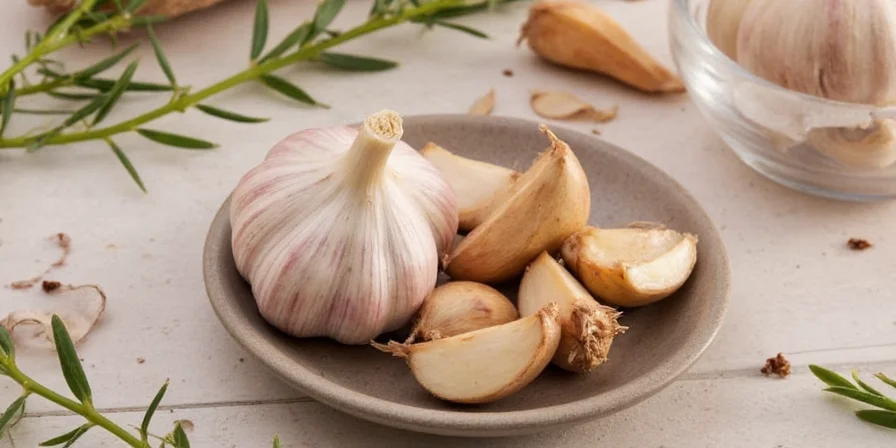
Garlic vs. Herbs: Key Differences
This comparison clarifies why garlic isn't an herb despite kitchen usage:
| Criterium | Garlic | True Herbs |
|---|---|---|
| Botanical Origin | Underground bulb (stem tissue) | Above-ground leaves |
| Harvest Method | Digging up soil | Cutting foliage |
| Storage Form | Dried bulbs (months) | Fresh/dried leaves (weeks) |
| Culinary Role | Base flavoring (sautéed early) | Finishing touch (added late) |
| Scientific Classification | Vegetable (Allium) | Herb (Lamiaceae family) |
Why Correct Classification Matters in Cooking
Precise botanical understanding prevents culinary errors. Since garlic is a vegetable:
- It requires earlier cooking than herbs to mellow pungency (herbs added late preserve freshness).
- Its flavor compounds (allicin) activate differently than herb essential oils.
- Misclassification leads to incorrect substitutions—e.g., using 1:1 basil for garlic in recipes.
Professional kitchens distinguish these categories to optimize flavor layering, confirming why "is garlic an herb" affects real-world cooking outcomes.
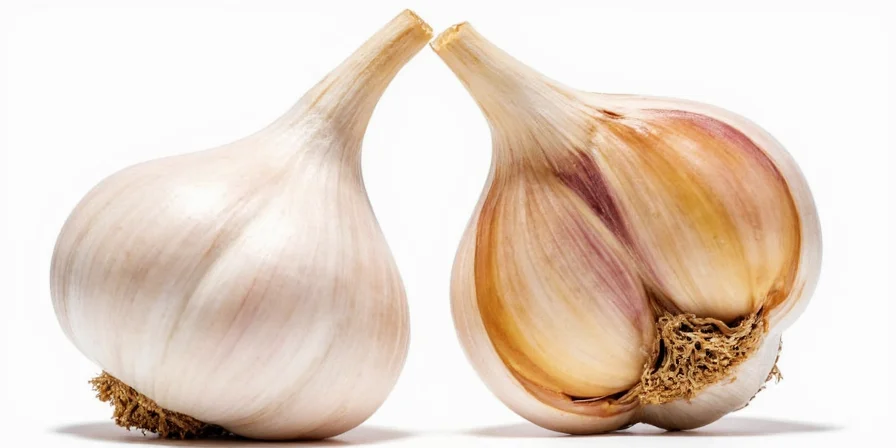
5 Professional Garlic Usage Tips
- Crush, then wait 10 minutes before cooking to maximize allicin development.
- Never cook garlic above medium heat—burning creates bitter compounds.
- Substitute ratios matter: 1 fresh clove = 1/8 tsp garlic powder = 1/2 tsp jarred minced.
- Roast whole heads for sweet, spreadable garlic (400°F for 30 mins).
- Freeze peeled cloves in oil for instant cooking—grate frozen directly into pans.
Science Behind Garlic's Flavor Chemistry
Garlic's unique behavior stems from biochemical reactions:
- Intact cloves contain alliin (odorless amino acid).
- Cutting releases allinase enzyme, creating allicin (pungent compound).
- Allicin breaks down into diallyl disulfides when cooked—producing garlic's characteristic aroma.
This process differs fundamentally from herb flavor release (essential oils in leaves), further proving garlic isn't an herb despite superficial similarities.
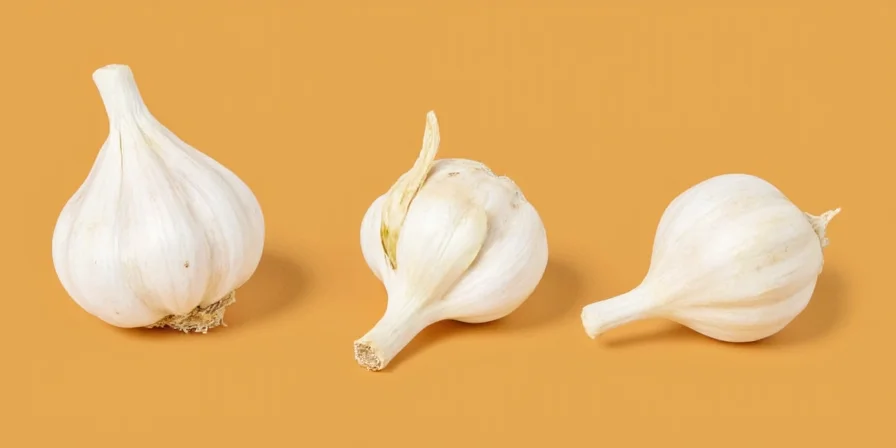
Fresh vs. Powdered Garlic: When to Use Which
Understanding garlic forms prevents recipe failures:
| Form | Ideal Usage | Critical Tip |
|---|---|---|
| Fresh cloves | Sauces, roasts, stir-fries | Crush 10 mins pre-cooking for max flavor |
| Garlic powder | Dry rubs, spice blends | Use 1/8 tsp per fresh clove; no pre-soaking needed |
| Minced (jarred) | Quick marinades, dressings | Reduce quantity by 30% to avoid bitterness |
| Roasted garlic | Spreads, mashed potatoes | Whole heads roasted at 400°F for 30 minutes |
Debunked: Common Garlic Myths
- Myth: "Garlic is an herb because it seasons food."
Fact: Botanical origin (bulb vs. leaves) defines categories, not culinary role. - Myth: "Eating raw garlic prevents colds."
Fact: Limited evidence shows modest immune support; it doesn't prevent viral infections. - Myth: "More garlic = better flavor."
Fact: Overuse causes bitterness; balance with acid (lemon/vinegar) enhances flavor. - Myth: "Garlic and onion are the same category."
Fact: Both are Allium vegetables, but onions are stem bulbs while garlic is clove-based.
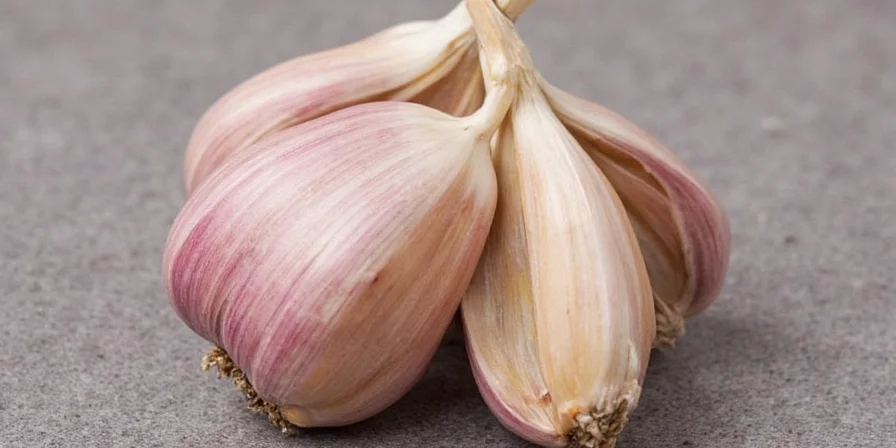
Final Verdict: Herb or Vegetable?
The evidence is conclusive:
- Botanical reality: Garlic is a vegetable (underground bulb), not an herb.
- Culinary context: It functions as a seasoning like herbs but follows vegetable cooking principles.
- Scientific consensus: All major botanical authorities classify Allium sativum as a vegetable.
Calling garlic an herb is a common kitchen misconception stemming from its usage—not its biology. This clarification resolves the "is garlic an herb" debate with authoritative precision while respecting its culinary importance.
Frequently Asked Questions
Is garlic classified as an herb in botany?
No. Botanically, garlic is a vegetable specifically categorized as a bulb. Herbs exclusively refer to leafy plant parts from non-woody plants. Garlic's edible portion grows underground as modified stem tissue (cloves), placing it in the Allium vegetable family alongside onions and leeks.
Why do people mistakenly call garlic an herb?
This confusion arises because garlic is used like herbs in cooking—as a flavor enhancer in small quantities. However, culinary function doesn't override botanical classification. Herbs (e.g., basil) come from leaves; garlic comes from bulbs. The misconception persists in kitchens but is incorrect scientifically.
What's the difference between garlic and true herbs?
True herbs (rosemary, thyme) are harvested from above-ground foliage and contain volatile essential oils. Garlic is an underground bulb vegetable whose flavor comes from sulfur compounds activated when cut. Herbs are typically added late in cooking; garlic requires early sautéing to prevent burning—highlighting their fundamental botanical differences.
Can I substitute herbs for garlic in recipes?
Not directly. Herbs provide aromatic top notes; garlic creates foundational savory depth. For similar umami impact, use asafoetida (hing) in Indian cuisine or ramps in spring recipes. Never substitute 1:1—garlic's chemical properties are unique among Alliums, requiring distinct handling from leafy herbs.

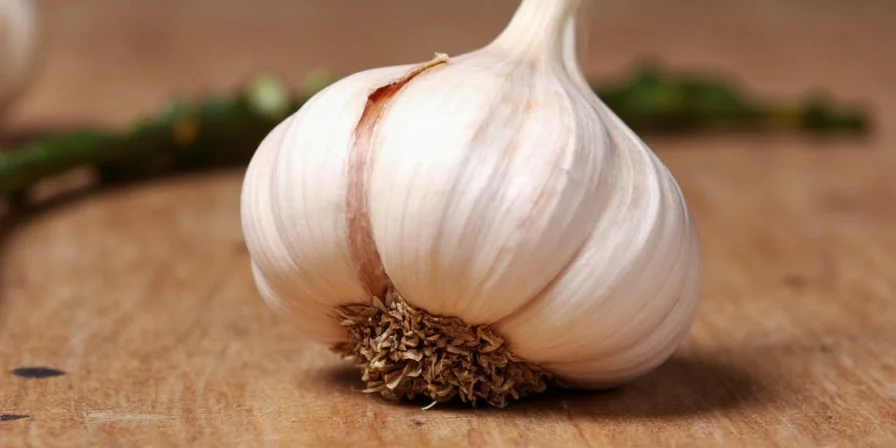









 浙公网安备
33010002000092号
浙公网安备
33010002000092号 浙B2-20120091-4
浙B2-20120091-4